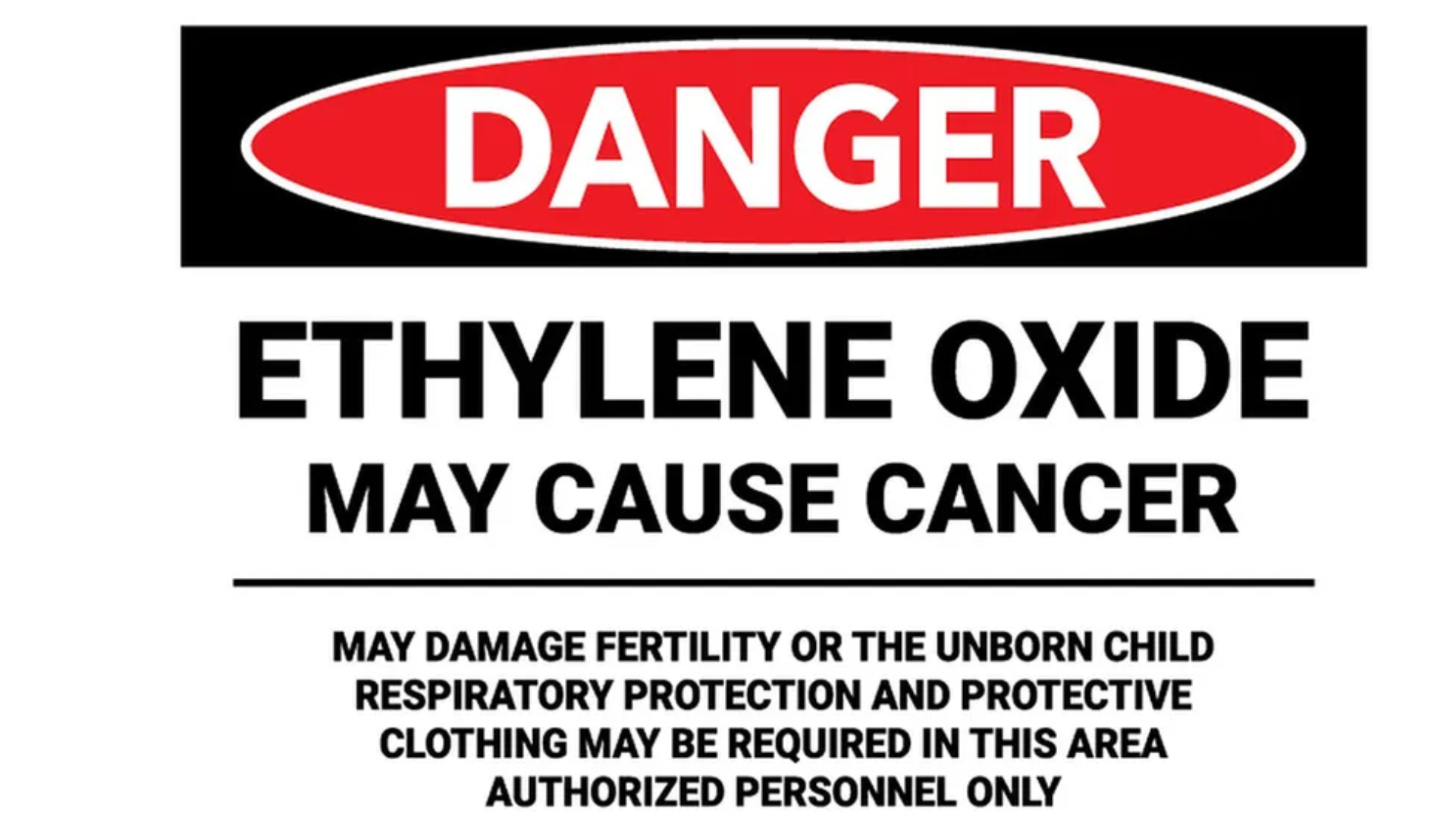The culinary world has recently been shaken by the discovery of a potentially dangerous chemical in some of the most popular Indian spice brands. MDH Pvt. and Everest Food Products Pvt., renowned for their rich and flavorful spice mixes, have come under scrutiny after high levels of the carcinogenic pesticide ethylene oxide were found in several of their products. This revelation has led to a ban on these products in Hong Kong and Singapore.
Initial Discovery and Action in Singapore
The controversy began in Singapore when the local food safety authorities detected ethylene oxide in Everest’s Fish Curry Masala. The chemical’s presence exceeded the permissible safety limits, prompting immediate action. Ethylene oxide is recognized as a Group 1 carcinogen by the International Agency for Research on Cancer (IARC), indicating a proven risk of cancer in humans.
Hong Kong Follows Suit
Shortly after Singapore’s actions, Hong Kong’s Centre For Food Safety also found ethylene oxide in three spice mixes from the MDH Group, specifically their Madras Curry Powder, Sambhar Masala Powder, and Curry Powder. These discoveries were made as part of Hong Kong’s routine Food Surveillance Programme, which tested samples collected from retail outlets in Tsim Sha Tsui. The findings led to a similar ban and removal of these products from shelves.
Ethylene Oxide: A Hazardous Chemical
Ethylene oxide is not just a simple pesticide; it’s a highly reactive, colorless gas used industrially for sterilizing medical devices and spices due to its ability to kill bacteria, viruses, and fungi. However, its safety concerns are significant, as exposure can lead to various cancers, respiratory irritation, and other severe health issues.

Impact and Responses
The bans in Hong Kong and Singapore have prompted a broader examination of these spices’ safety, with consumers advised to avoid the affected products entirely. The risks associated with regular consumption of ethylene oxide-contaminated spices include increased chances of developing cancers such as leukemia, stomach cancer, and breast cancer.
Regulatory Actions and Wider Bans
In response to these findings, the European Union had already banned ethylene oxide for fumigating food and animal feed back in 2011, limiting its use to the sterilization of medical devices. This precaution highlights the recognized risks associated with the chemical, reinforcing the decisions made by Asian authorities.

Examination of Indian Markets
Following the international incidents, India’s Food Safety and Standards Authority (FSSAI) has decided to take a closer look at the products available on its own shelves. An official statement from the FSSAI mentioned that this decision aims to ensure the safety of products consumed by the Indian population, indicating plans for rigorous testing and potential recalls if similar contaminations are found.
Consumer Safety at Forefront
This series of events underscores the importance of stringent safety standards and vigilant food surveillance to prevent health risks associated with food contamination. Consumers are urged to stay informed about the products they use, while regulatory bodies continue to monitor and enforce safety standards to protect public health. As this situation develops, further updates and actions can be anticipated as authorities and companies work to address these serious concerns.
Conclusion: A Global Call for Enhanced Food Safety
The discovery of ethylene oxide in popular Indian spice brands MDH and Everest has sparked significant concern and led to international responses aimed at protecting public health. The bans implemented by Singapore and Hong Kong serve as a wake-up call to the global food industry about the crucial need for stringent regulatory oversight and comprehensive testing of food products. As the situation unfolds, it emphasizes the interconnectedness of local and international food safety standards and the pressing need for harmonization to ensure the well-being of consumers worldwide.
Consumer trust is paramount, and the proactive measures taken by various food safety authorities underscore their commitment to maintaining that trust and ensuring the safety of food supplies. Going forward, it is imperative that all stakeholders, from regulators to manufacturers and consumers, remain vigilant and informed. The ultimate goal is to foster a food industry that not only prioritizes flavor and cultural significance but also upholds the highest standards of safety and health, thereby preventing similar incidents in the future.



